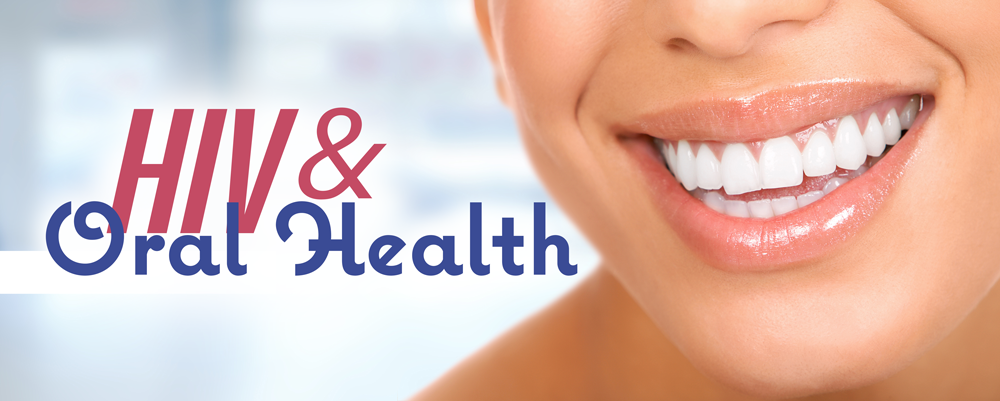
HIV & Oral Health – October, 2016 Update
By: Mark Schweizer, DDS MPH
Director of Development and Special Projects
Dental Director Southeastern AIDS Training and Education Center
Nova Southeastern University College of Dental Medicine
[email protected]
An increasing number of our patients are on successful Antiretroviral Therapy (ART) with improvements in health, quality of life, and life expectancy. With ART, there are shifts in the dental conditions patients are experiencing. Recognition of oral manifestations of HIV is important as they may signify the first sign of clinical disease, signify disease progression, and signify ART failure. Oral health conditions can affect medication adherence and nutritional intake. Less commonly seen with antiretroviral therapy are Candidiasis, Necrotizing Gingivitis, Kaposi’s sarcoma, and Oral Hairy Leukoplakia. If these conditions are present an immediate referral should be made to a medical provider to reassess the effectiveness of the ART.
In the era of antiretroviral therapy many patients are experiencing an increase in dental decay (caries) and periodontal disease. Dental decay can be contributed to by many conditions including the HIV virus, medications that cause xerostomia, high sugar intake, substance abuse, tobacco use, and increased life span. The health care provider can assist by stressing regular dental visits, nutritional counseling, smoking cessation, over the counter fluoride toothpastes, and fluoride rinses. Avoid mouth rinses that contain alcohol as they are drying to the oral cavity. Dentists can prescribe additional treatments that will assist in caries reduction.
A cross-sectional study examining oral manifestations was carried out in HIV-infected patients receiving ART to provide prevalence data on oral lesions and periodontal diseases.1 This research indicates a decrease in oral lesions but an increase in periodontal disease especially in patients with lower CD4 counts. Research indicates an increase in periodontal inflammation and inflammatory markers in the tissue. Links between periodontal disease and other disease states such as diabetes, heart disease, and stroke is well established. This is especially important for patients who are living with HIV as they often experience more co-morbidity. More research needs to be conducted but reports by dental providers indicate that many more patients are presenting with chronic periodontal disease. Acute periodontal disease can be treated with antibiotic therapy usually consisting of Amoxicillin 250mg 3 x/day with Metronidazole 250mg 3X/day x 5-7days, Antimicrobial rinses (0.12% Chlorhexidine) 15cc 2xday x 14days, and concurrent antifungal maybe necessary. Referral for immediate dental care is necessary. Visits by oral specialists should become a routine procedure in HIV-patient care. The next HIV & Oral Health will focus on the increased prevalence of HPV and related cancers.
References:
- Kroidl A, Schaeben A, Oette M, Wettstein M, Herfordt A, Häussinger D. Eur J Med Res. 2005 Oct 18;10(10):448-53. Accessed December 12, 2015.
